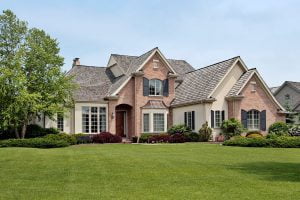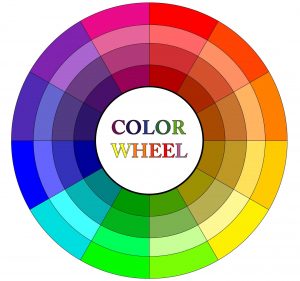 Before any major outdoor planting, you’ll need to decide what look you’re trying to achieve. Do you want something bold and dramatic? Would you prefer a color scheme that naturally enhances your home’s beauty? Or, are you looking for something in between?
Before any major outdoor planting, you’ll need to decide what look you’re trying to achieve. Do you want something bold and dramatic? Would you prefer a color scheme that naturally enhances your home’s beauty? Or, are you looking for something in between?
No answer is right or wrong. But, taking the time to think these things over can give you a cohesive plan for your outdoor space, all year long.
How Many Colors Should You Include?
After you determine what type of look you want, you’ll need to figure out how many colors you’d like to go with. Here are some of the options you may consider.
Monochromatic
With this palette, you’ll be using light to darker variations of the same color. A monochromatic color scheme can be an especially sophisticated look for homes that are blue or purple.
Hint: We recommend keeping darker plants closer to the house and lighter plants towards the front for a unified look.
 Complimentary
Complimentary
This color scheme is perfect if you’re looking for something with a real wow-factor. Choose plants with foliage and flowers that are on the exact opposite on the color wheel to your home. If your home is yellow, choose purple flowers. If your home is green, choose plants with red or pink undertones.
Hint: For maximum contrast, visit your local home and garden store. Pick out a paint sample that closely resembles your home and hold it behind potential plants.
Triad
The name says it all with this scheme. Choose three colors on the color wheel that form a triangle (one being the color of your home). This bold, yet balanced look allows you to use a mixture of warm and cool tones. We like this simple scheme for homes that are yellow, beige, or even brick. You may want to steer clear of this combo if your home is green.
Hint: Use a combination of monotone plants and two-tone plants to give your outdoor space a pop.
Once you’ve got your color palette selected, make sure you choice plants that do well in the north Georgia clay and are appropriate for the sun exposure in your yard.
Want to plant something special, but need to put it in soil? No problem! Adding flower pots to your landscaping adds height and visual appeal — and makes it easier to pull delicate plants inside for extreme cold.

